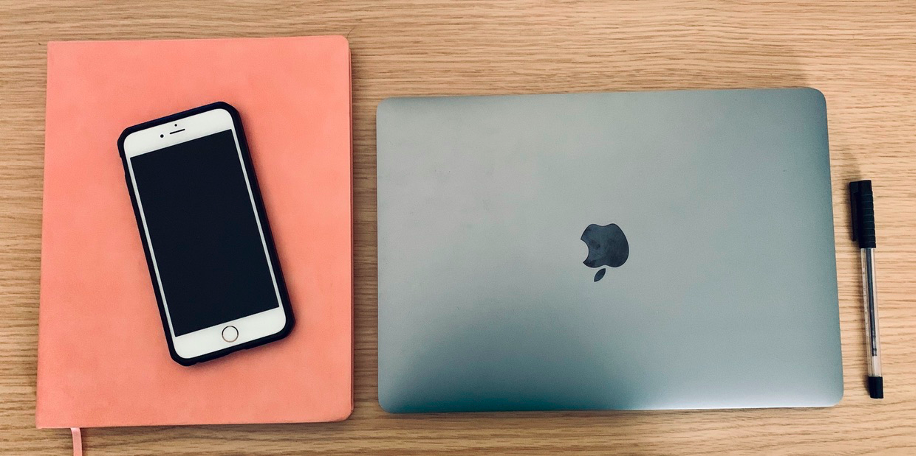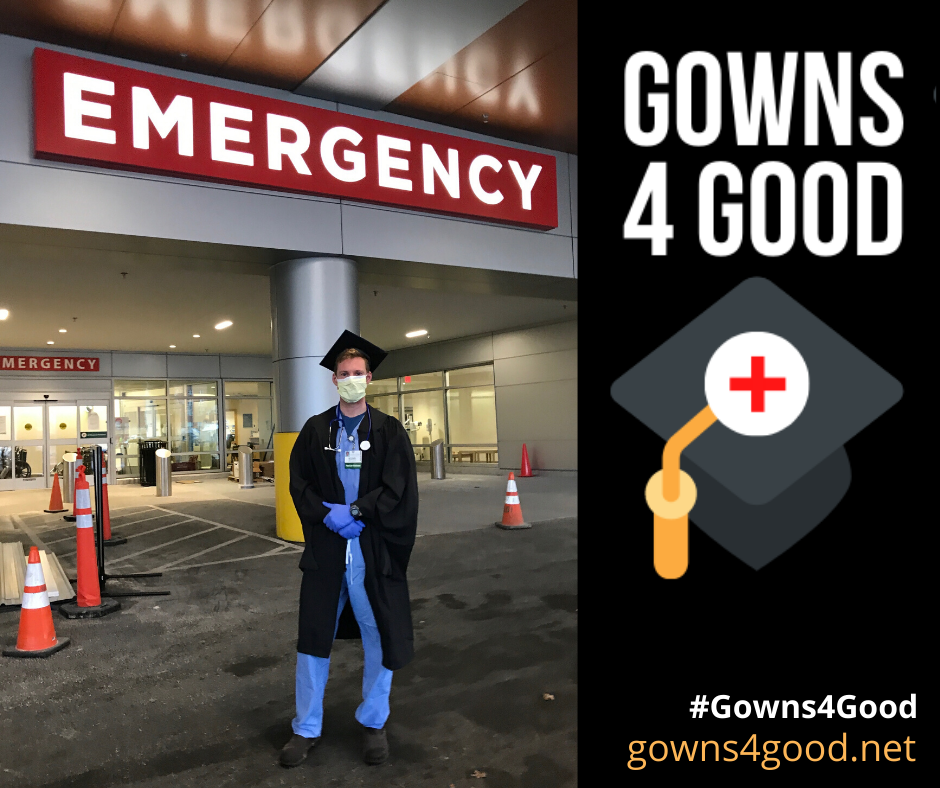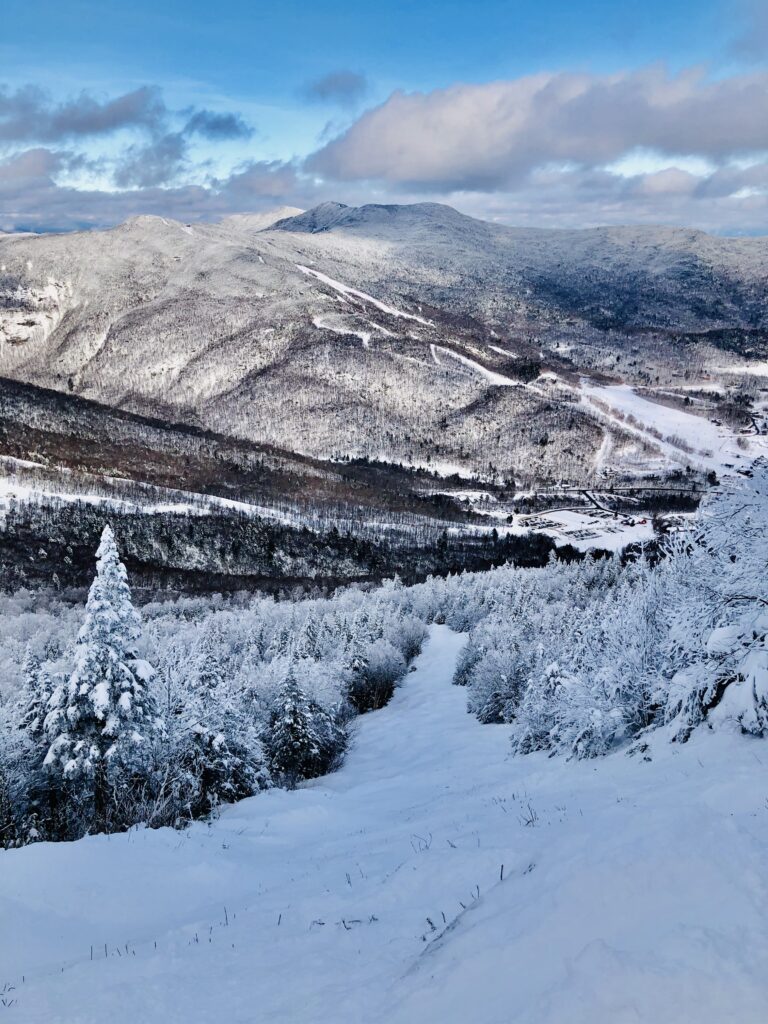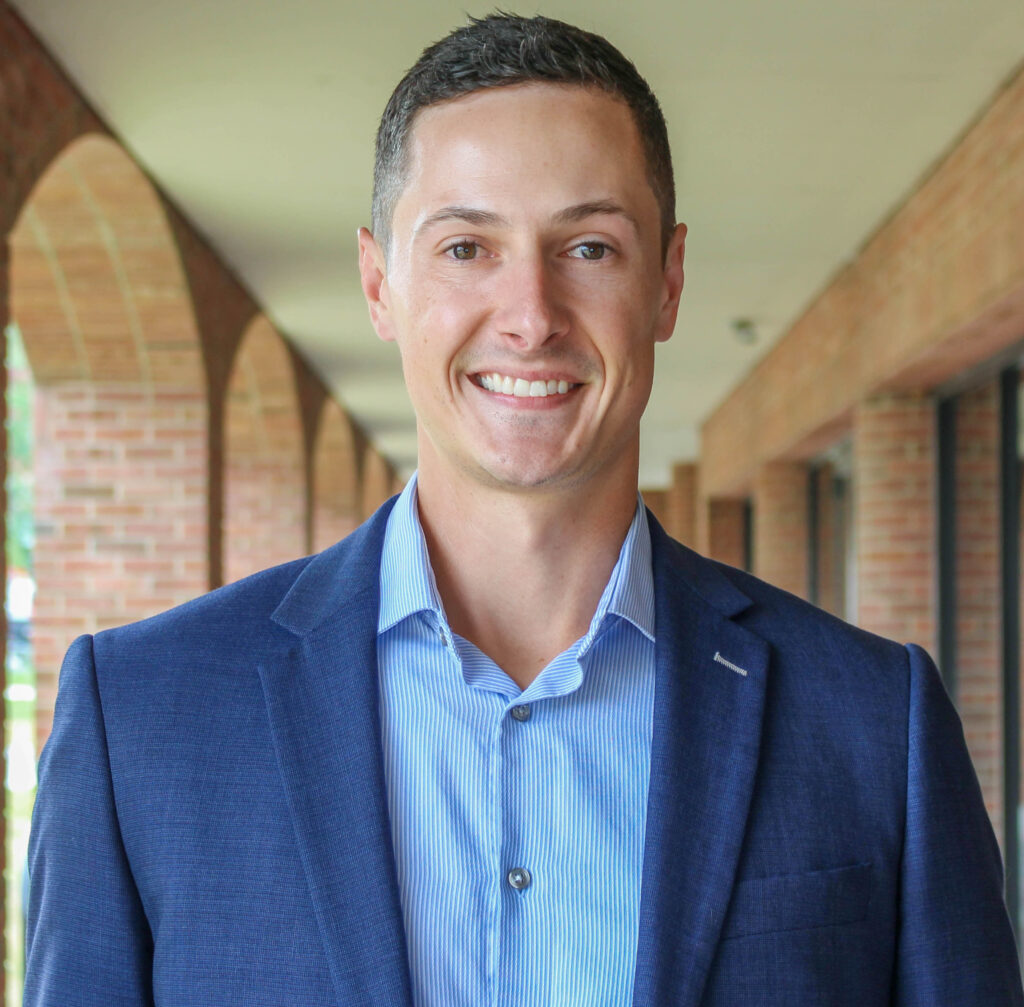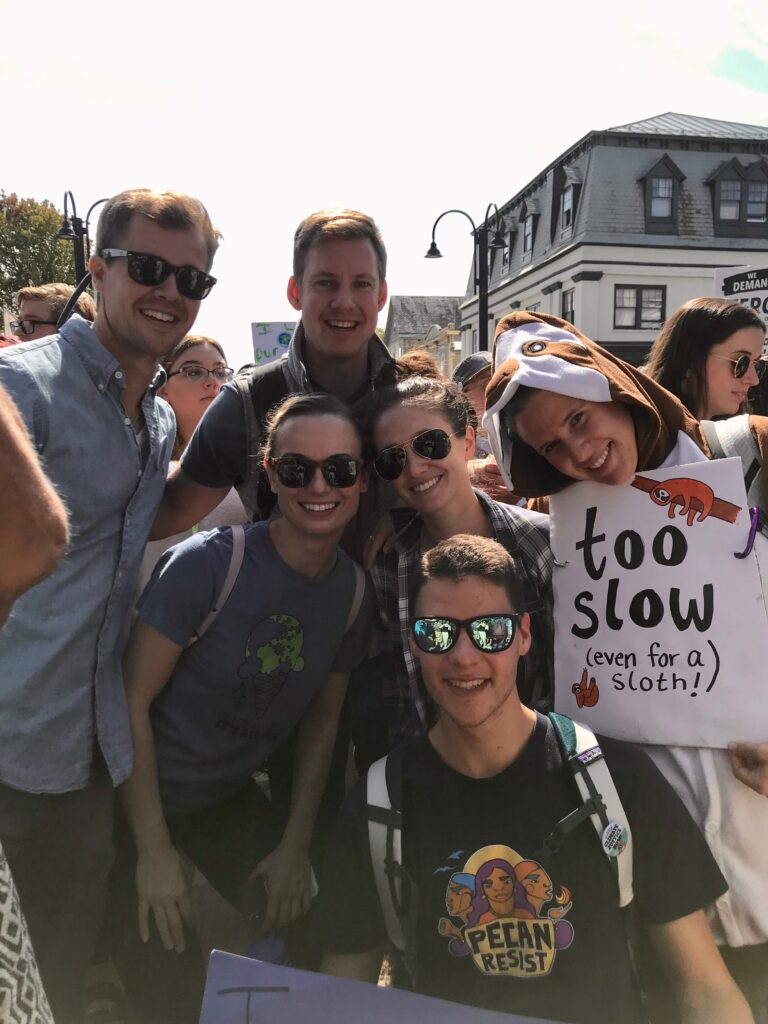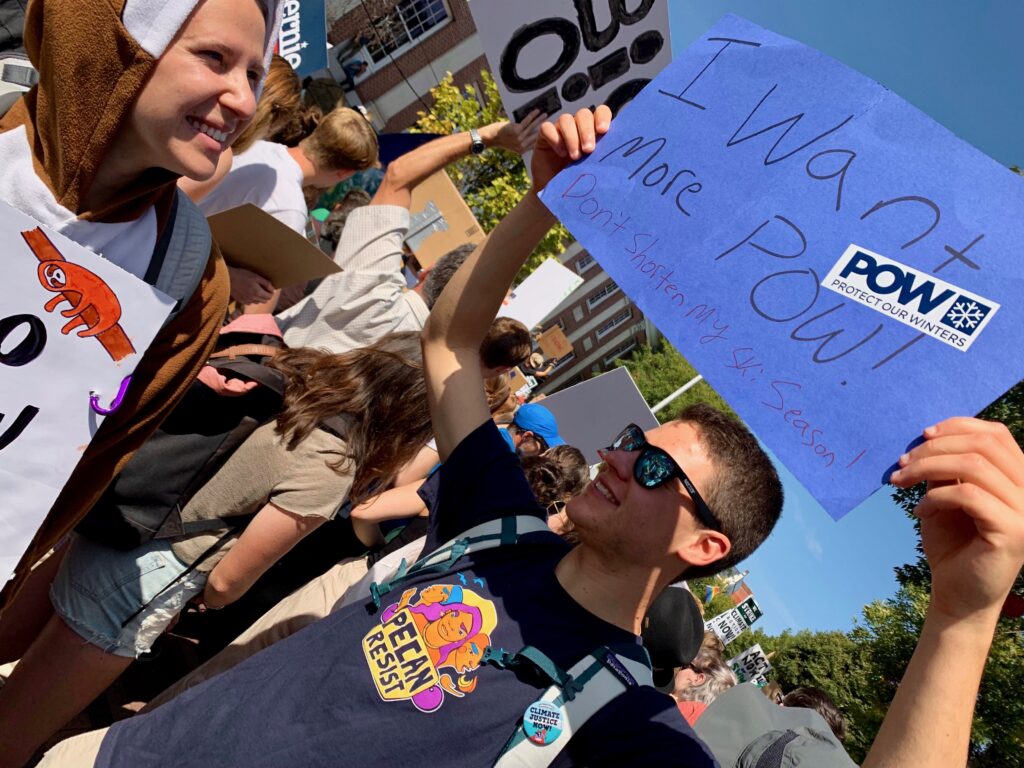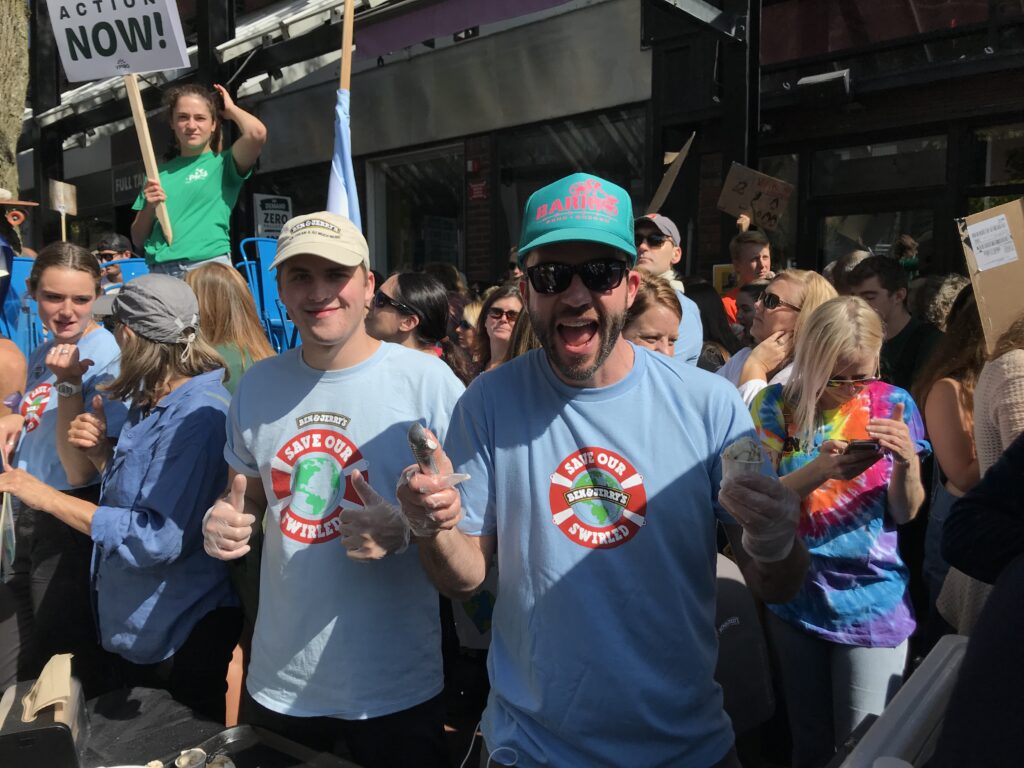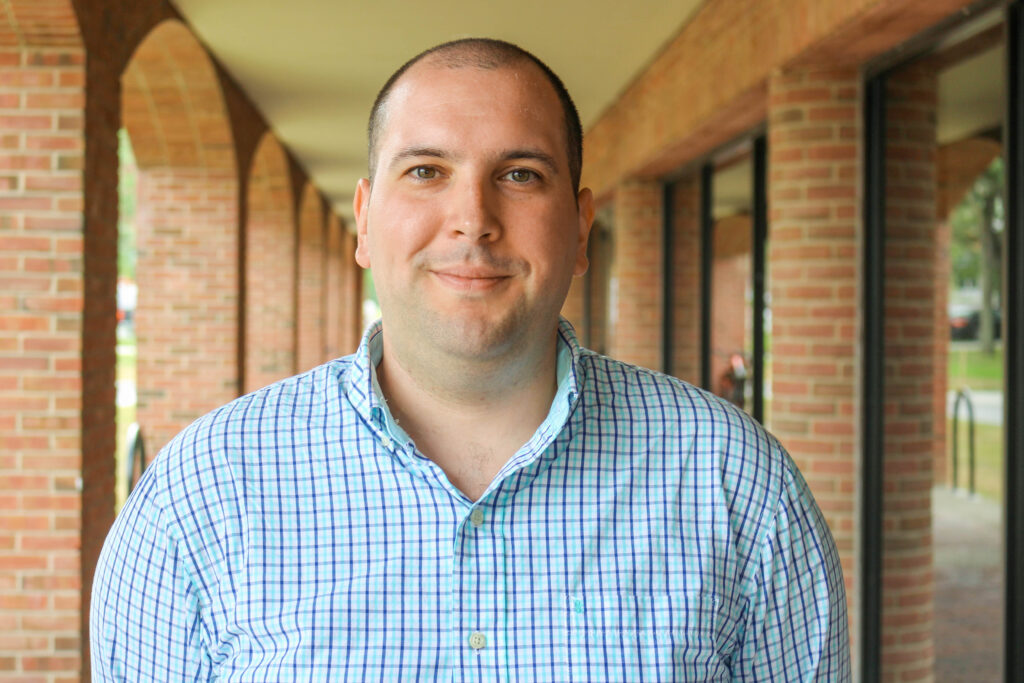This post was written by Cody Semmelrock ’20. Connect with him on LinkedIn.
These times are unprecedented for our generation — that goes without question. I knew this year was going to be about change, about growth, and about perspective, but what I, and so many others in the program, didn’t know was exactly how this change would manifest itself.
I wrote recently about the need for industries to adopt some of the lessons in adaptability that I had learned earlier in the program and I would like to build on that sentiment by offering up an example of my existence these past few months.
Disclaimer: this post is grounded in the gravity of this pandemic. It has exposed some of my own vulnerabilities, but I recognize that I am writing this from a place of privilege. I have the current luxury of financial security, higher education and a solid support network. I recognize that many do not have this same level of privilege, yet I think the sentiment remains for many.

In the beginning of March, rumblings of the COVID crisis were underway. I had been following the stories coming out of Wuhan, but they were distant, geographically and mentally. We were rounding out final module projects and preparing for spring break. I could feel anxiety mounting as I began worrying about friends and family traveling abroad. I grew hesitant of taking trips to the Harvest Cafe for lunch. This invisible enemy, if anywhere in Burlington, would be at the medical center. But it was not until I read an article that Harvard was closing their doors for the remainder of the spring semester that I recognized there would be a new normal for the foreseeable future.
From the outside, I seem like a healthy and fit 28 year-old man. Relatively low risk for complications due to this virus and subsequent disease. I am, however, an asthmatic. I take multiple medications a day to help maintain a healthy respiratory system and this is the first time in my life I have felt vulnerable. I racked my brain on what I should do once the program officially went remote.
My communal off-campus student housing apartment was feeling less safe every day. Especially given the lack of information regarding virus transmission. I felt like I should not go home to my parents in Connecticut, as they each are also in high risk categories with underlying asthma and other pre-existing conditions.
So, I upgraded my Verizon hotspot plan, stocked up and headed to an off-grid family cabin far removed from powerlines and public spaces. I took with me my valuables, all the essential learning materials I would need and began thinking through how I could manage completing this accelerated MBA program, preparing for my remote capstone project this summer and contemplating a job search in what is going to probably be the worst job market since the Great Depression. Not exactly the most rejuvenating of spring breaks.
What resulted have been lessons I hope to carry with me through my life. Lessons around long-term sustainable and biodynamic living, around balancing what I want and what I need and keeping myself connected to a low-impact lifestyle. And again, lessons in the human capacity to adapt. All of which, I believe, lend insight for my personal and professional life.
Lessons in resiliency and sustainability learned through the first few months of the COVID crisis should begin with a walk through of a day in the life at the cabin:
Most mornings I wake up to the chill of the Vermont spring air and have to get the woodstove fired up. Not a particularly difficult task, and one that has created a familiar and comforting rhythm. Some mornings I am confronted with the decision of either brewing a much-needed hot cup of coffee, getting the fire started or doing some last-minute reading before online classes begin, all of which seem essential. I’ve spent plenty of time camping, and am familiar with spending time outdoors, but this experience has placed a new appreciation on accessibility to heat and insulated shelter as an important element of energy equity and justice. Sitting in on lectures discussing the energy accessibility inequities at the Base of the Pyramid in both our Driving Innovation and Energy Policy and Sustainable Technology courses would not have been nearly as visceral had it not been for those mornings spent breaking sticks and stoking the woodstove.
Fortunately, the cabin has an entirely self-sufficient energy system. The solar panels and partnered battery storage allow for a few lights, small refrigerator, running water and charges for my laptop and cell phone. With a live display of kw being generated at any given time, as well as feedback on current draw and remaining levels of the battery, fun games have emerged gambling with myself on whether or not it is worthwhile to run the electric tea-kettle when I know that my laptop will probably require a few more charges to survive all the Zoom lectures before the sun pokes through the rain clouds. Inevitably, I open the fridge less and do not run the water excessively while doing the dishes. Both are simple behavior changes which have not detracted from my quality of life. I am now simply remembering the contents of the fridge and realizing that this serves the same purpose that staring hopefully into the depths that my favorite snack will somehow emerge from thin air. Watching the battery levels drop and rise with each action or inaction has helped to ground my understanding of my impact in same way a Prius owner plays games with gas efficiency from the dashboard display. If only this impact of consumption could be better distilled, displayed and understood by the greater population of individuals and businesses – simplicity here is undoubtedly the key.
Having the space for an herb garden and my own compost pile has been another activity stemming from the cabin lifestyle. Granted, this would not have been possible had the curriculum been forced to go virtual. But this virtual world may be here to stay for many in the professional landscape. Some companies are realizing they can still accomplish just as much from home as they can from having and office and have been able to navigate this transition. In forcing many professionals to adopt this platform, I hope there will be greater flexibility for younger professionals to adopt lifestyles that are more in line with their personal values.
But it is not my hope that next year’s cohort will be forced to begin the year virtually, because so many unique elements of the program simply will not be the same. In recognizing this possibility, however, it is important for potential and committed SI-MBA students to embrace the unknown and remain open to the lessons that being a part of this program and the greater Vermont community helps to facilitate. SI-MBA has proven itself adaptable and resilient in the face of this uncertainty, embodying essential elements of sustainability. I had no idea I would be learning these lessons in sustainable living, but by remaining positive and adaptable I have been able to cope with the COVID crisis and find invaluable lessons for future personal and business leadership, all of which have been framed and encouraged by SI-MBA’s core values and curriculum. I am optimistic that future leaders will continue to emerge from our nimble and disruptive program.

